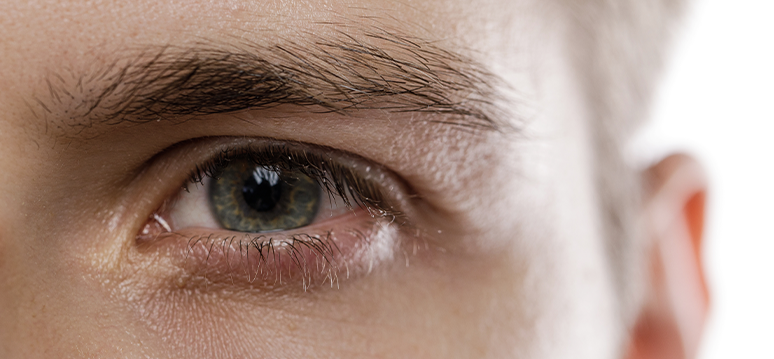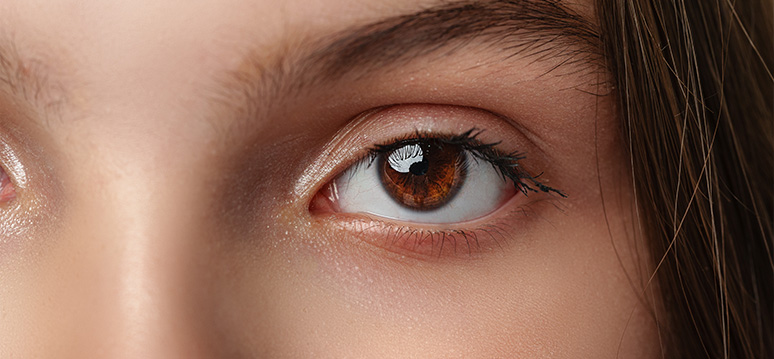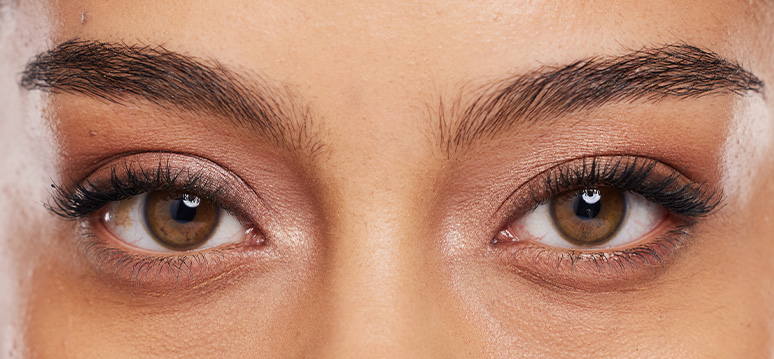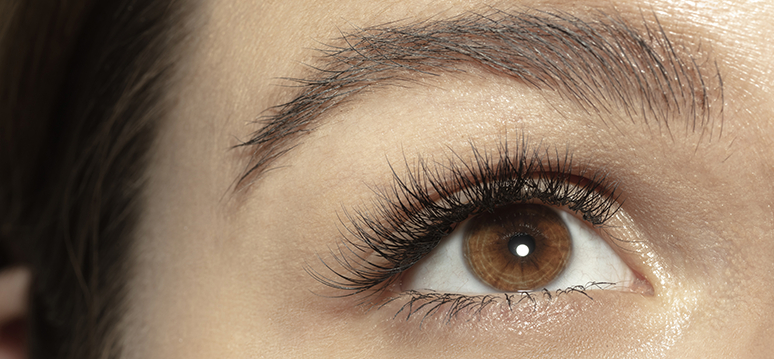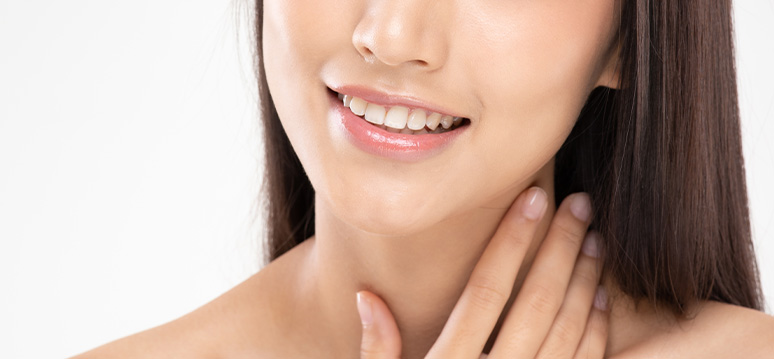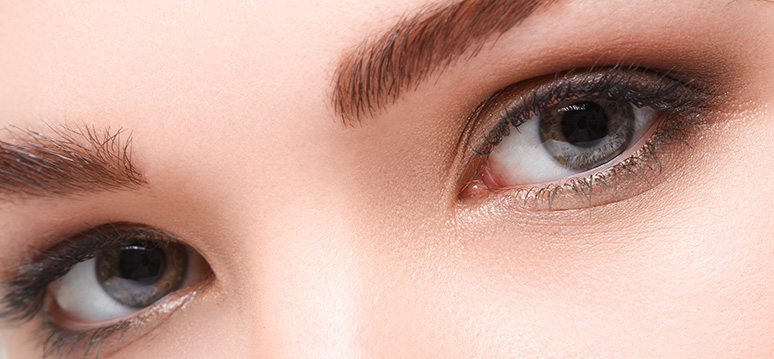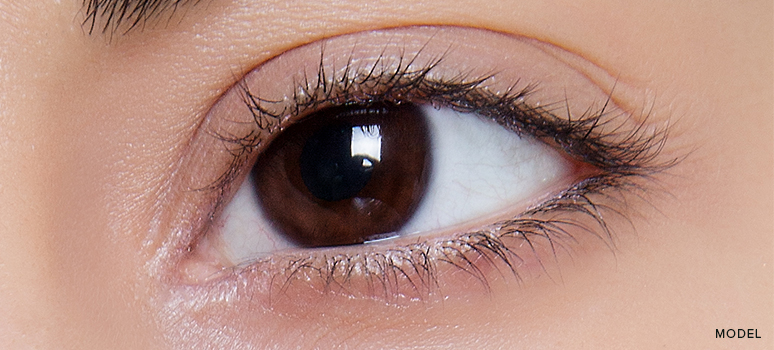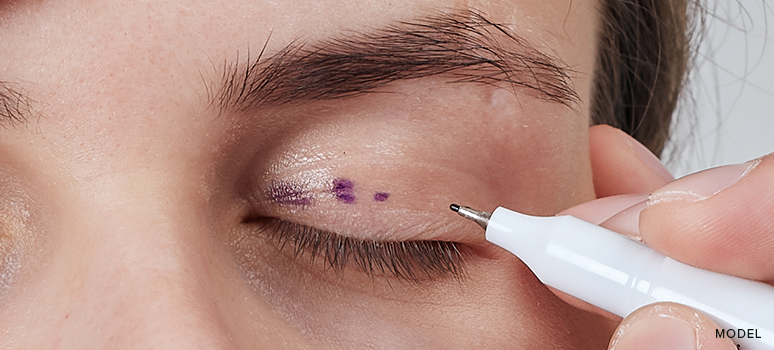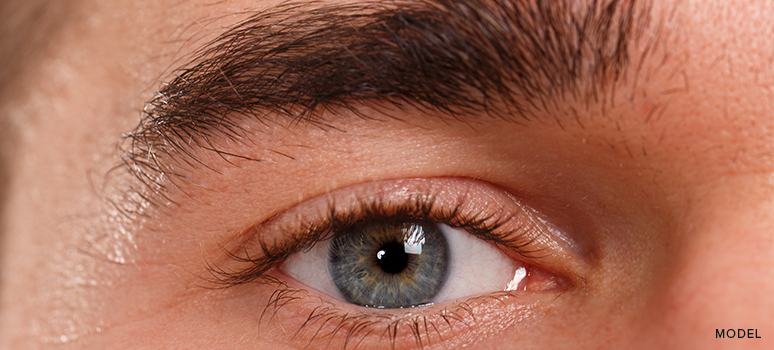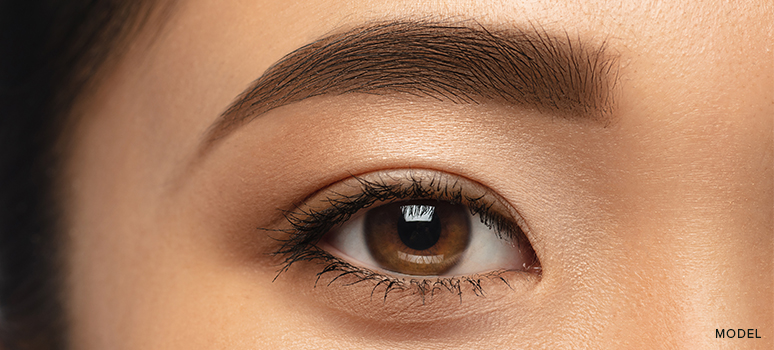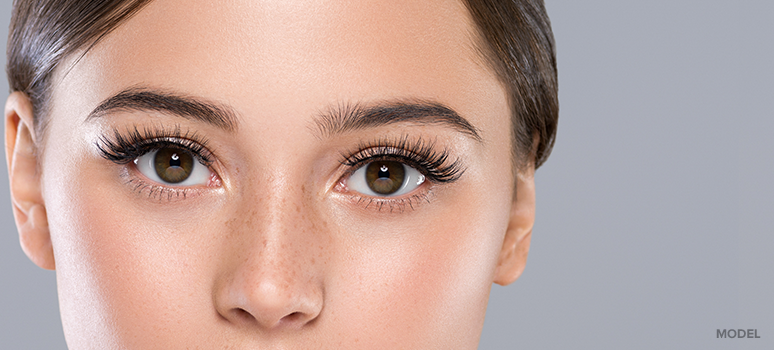Do you notice excess skin drooping over your eyelids, making you look tired or older than you feel? This common concern, known as dermatochalasis or blepharochalasis, can affect both men and women and can sometimes even impair vision. If you’re wondering what causes excess eyelid skin and what you can do about it, you’ve come to the right place. This comprehensive guide will delve into the causes, treatments, and solutions for excess skin on the eyelid, empowering you to make informed decisions about your eye health and appearance.
Understanding Excess Eyelid Skin
Excess eyelid skin, often manifesting as drooping or sagging skin on the upper or lower eyelids, is a natural part of the aging process. However, it can also be influenced by other factors. It’s crucial to understand the underlying causes to determine the most appropriate treatment options.
What Causes Excess Skin on Eyelids?
Several factors contribute to the development of excess eyelid skin:
Aging: As we age, our skin loses elasticity and collagen production decreases. This leads to thinner, looser skin, particularly around the delicate eye area. The supporting muscles and tissues also weaken, contributing to the drooping effect.
Genetics: A predisposition to excess eyelid skin can be inherited. If your family members have a history of droopy eyelids, you may be more likely to develop it yourself.
Sun Exposure: Prolonged exposure to the sun’s harmful UV rays can accelerate the breakdown of collagen and elastin, leading to premature aging of the skin, including the eyelids.
Lifestyle Factors: Smoking, excessive alcohol consumption, and poor diet can contribute to skin aging and exacerbate the appearance of excess eyelid skin.
Medical Conditions: Certain medical conditions, such as thyroid disorders or kidney problems, can sometimes cause fluid retention and swelling around the eyes, which can contribute to the appearance of excess skin. In rarer cases, allergies or other inflammatory conditions can also play a role.
Previous Eye Surgery or Trauma: Prior surgeries or injuries to the eye area can sometimes affect the skin’s elasticity and contribute to excess skin.
Recognizing the Symptoms of Excess Eyelid Skin
The most obvious symptom is the visible drooping or sagging of the upper or lower eyelid skin. Other related symptoms may include:
Tired or Heavy-Looking Eyes: Even if you’re well-rested, excess eyelid skin can create the appearance of fatigue.
Impaired Vision: In severe cases, drooping upper eyelid skin can partially obstruct the field of vision.
Difficulty Applying Makeup: Sagging skin can make it challenging to apply eye makeup evenly.
Eye Irritation: Excess skin can rub against the eye, causing irritation or dryness
Treatment Options for Excess Eyelid Skin
Fortunately, several treatment options are available to address excess eyelid skin, ranging from non-surgical approaches to surgical procedures. The best option for you will depend on the severity of the condition, your individual needs, and your desired outcome.
Non-Surgical Options:
Topical Creams and Serums: While they won’t eliminate excess skin, certain creams and serums containing ingredients like retinoids, peptides, and antioxidants can help improve skin elasticity and reduce the appearance of fine lines and wrinkles around the eyes. However, their effects are limited and may not be noticeable for significant excess skin.
Injectable Fillers: Dermal fillers can be used to add volume to the brow area and support the upper eyelid, which can indirectly improve the appearance of mild excess skin. This is a temporary solution and requires regular maintenance.
Botox Injections: Botox can be used to relax the muscles around the eyes, which can help lift the brow and subtly improve the appearance of the upper eyelids. Like fillers, Botox provides temporary results.
Surgical Options:
Blepharoplasty (Eyelid Surgery): Blepharoplasty is the most effective treatment for excess eyelid skin. This surgical procedure involves removing excess skin, fat, and muscle from the upper and/or lower eyelids to create a more youthful and refreshed appearance. It can significantly improve vision if drooping eyelids are impairing it.
What to Expect During Blepharoplasty
Blepharoplasty is typically performed as an outpatient procedure under local anesthesia with sedation. The surgeon will make precise incisions along the natural creases of the eyelids to minimize scarring. Excess tissue is removed, and the remaining skin is tightened. The incisions are then closed with sutures.
Recovery After Blepharoplasty
After blepharoplasty, you can expect some swelling and bruising, which usually subsides within a week or two. Most patients can return to their normal activities within a few days, although strenuous activity should be avoided for a few weeks. The results of blepharoplasty are long-lasting, often lasting for many years.
Choosing the Right Treatment for You
The best treatment for excess eyelid skin depends on several factors, including the severity of the condition, your age, your overall health, and your personal preferences. It’s essential to consult with a qualified and experienced oculoplastic surgeon or a board-certified plastic surgeon, like those at Memorial Plastic Surgery, to discuss your options and determine the most appropriate course of action. They can assess your individual situation and recommend the best approach to achieve your desired results.
Preventing Excess Eyelid Skin
While some factors, like genetics, are beyond our control, there are steps you can take to minimize the risk of developing excess eyelid skin or slow its progression:
Protect Yourself from the Sun: Wear sunscreen with a broad spectrum SPF of 30 or higher every day, even on cloudy days. Wear sunglasses to protect the delicate skin around your eyes.
Maintain a Healthy Lifestyle: Eat a balanced diet rich in fruits, vegetables, and antioxidants. Avoid smoking and limit alcohol consumption.
Stay Hydrated: Drinking plenty of water helps keep your skin hydrated and elastic.
Get Enough Sleep: Adequate sleep is essential for overall health and can help prevent premature aging of the skin.
Conclusion: Rejuvenate Your Look and Boost Your Confidence
Excess skin on the eyelid can be a frustrating concern, affecting both your appearance and sometimes even your vision. Understanding the causes, recognizing the symptoms, and exploring the available treatment options are crucial steps in addressing this issue. Whether you opt for non-surgical treatments or consider blepharoplasty, consulting with a qualified professional like the experts at Memorial Plastic Surgery is essential to achieve the best possible results. If you’re in Houston, or the surrounding areas like Sugar Land, Katy, The Woodlands, or Pearland, take control of your eye health and appearance, and rediscover a more youthful and confident you. Schedule a consultation today to discuss your options and create a personalized treatment plan.


